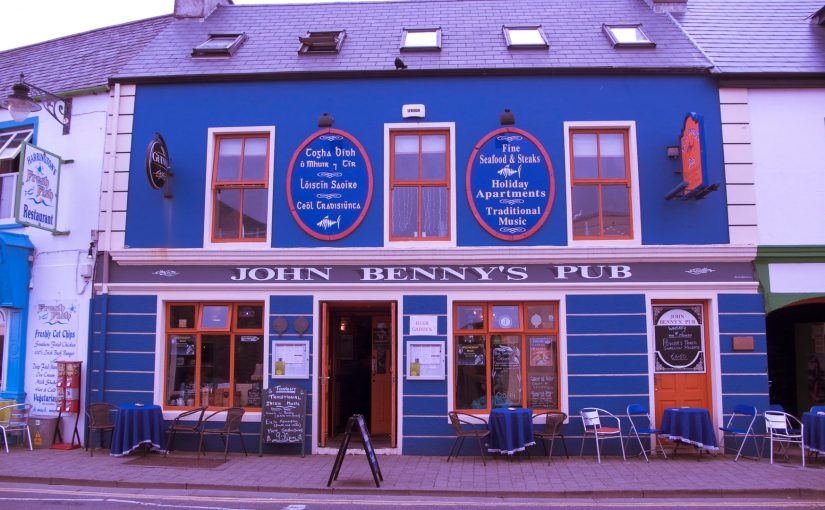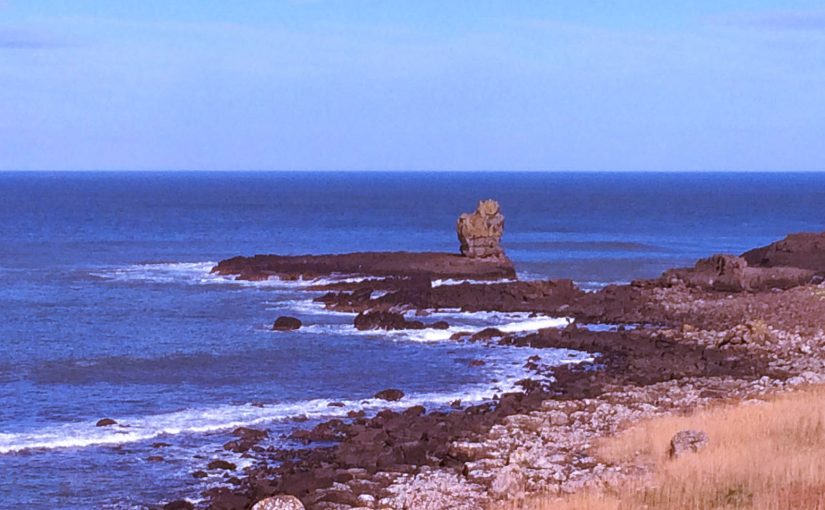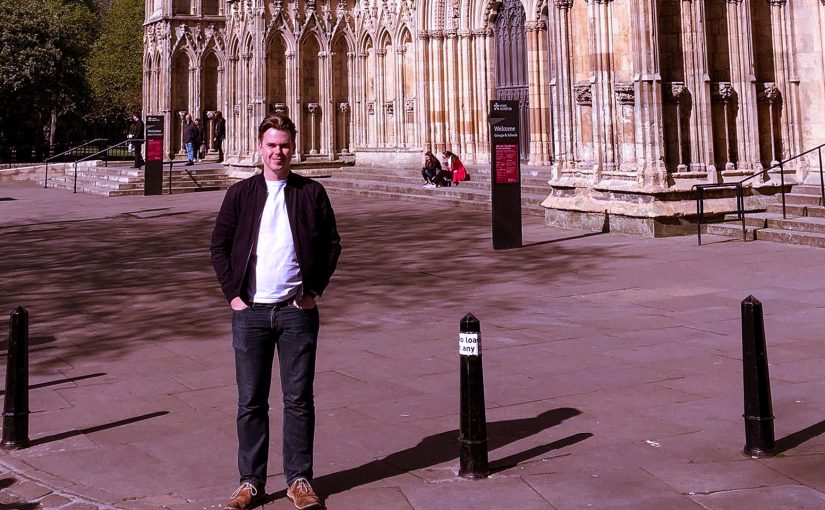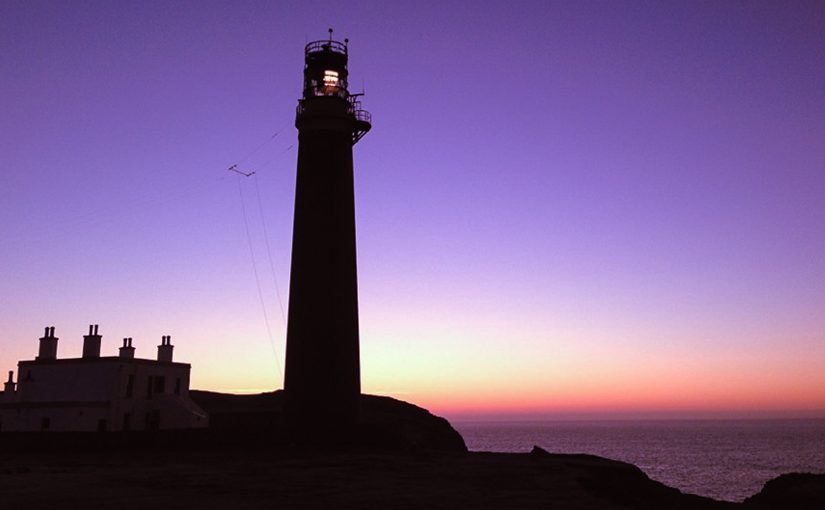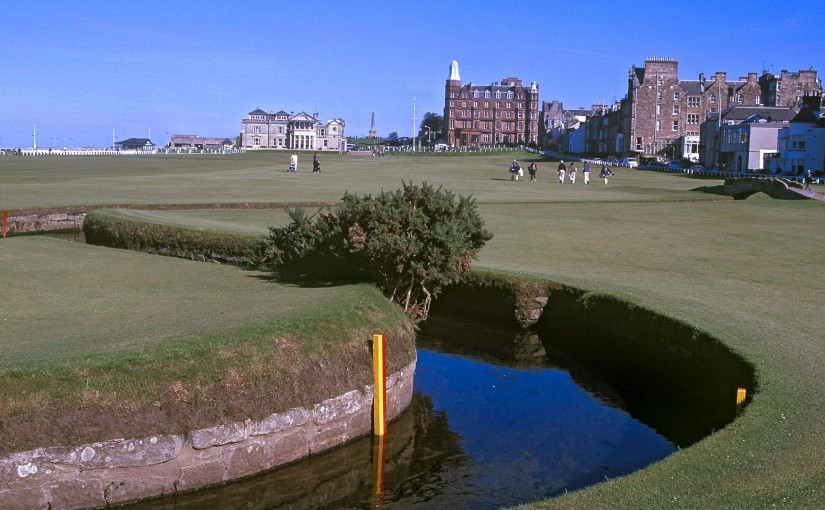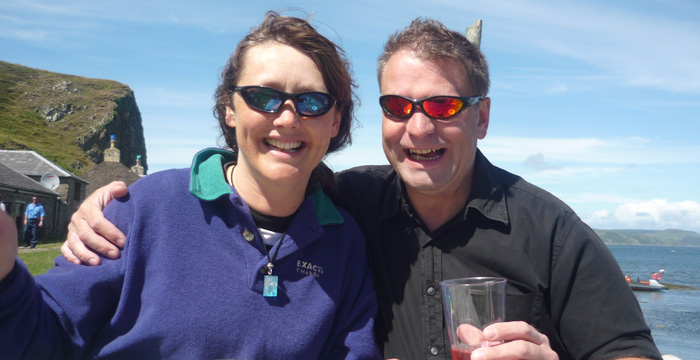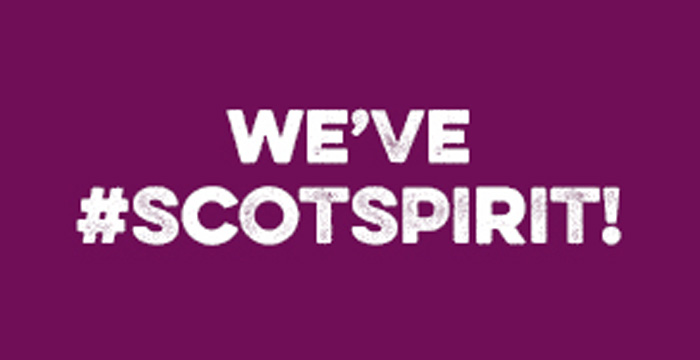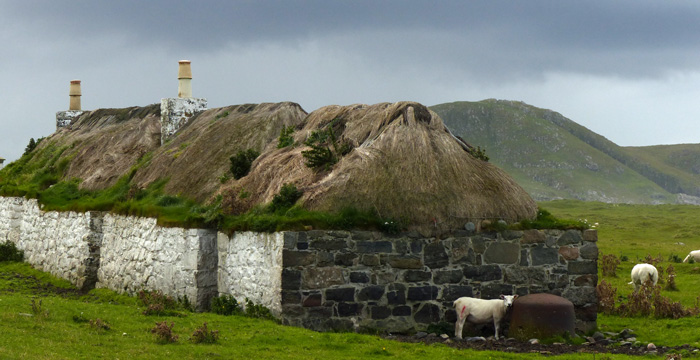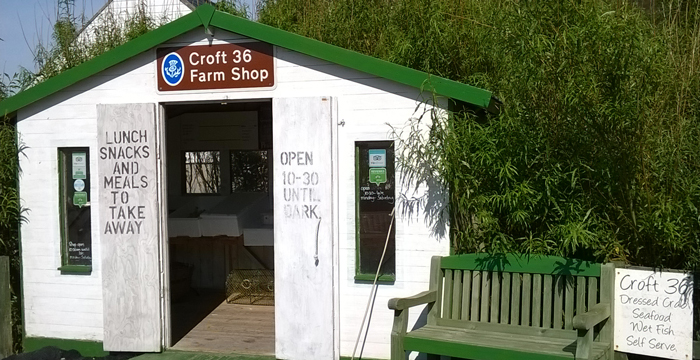While it’s true that the hotbed of Irish traditional music arguably lies further North in Co Clare, with its myriad week-long festivals and whole villages steeped in ‘trad’, Dingle in Co Kerry does a great job of providing visitors with an authentic music experience in some of the country’s finest pubs.
The entire spectrum of Irish trad is available here, from the gentle lilt and misty-eyed nostalgia of classic Irish balladry, to frenetic, virtuoso playing by some outstanding Co Kerry talent. Often on the same evening, in the same place.
Dingle Main Street is lined with really terrific pubs, many of which feature live music on any given evening, with chalkboards on the street displaying attractions forthcoming. Apart from the music, many of the pubs are worth a visit to catch a glimpse of the past; Foxy John’s is one of the most famous, and continues to operate as a hardware store and a pub. So, if you find yourself needing a new bradawl or some sharp sand, pop in here and enjoy a pint of Guinness at the same time.
Another famed pub is Dick Mack’s, a leather goods workshop on the one hand, and a place to enjoy some Irish hospitality and great craic on the other, while Curran’s Bar is the place to go if you fancy a new pair of Wellington boots, or to choose one of their range of porcelain figurines or from an array of flat caps.
O’Sullivan’s Courthouse on the Mall is renowned for presenting great Irish trad every night of the week, often in ‘open session’ form, where musicians are encouraged to turn up and join in. You’ll find everything here, from bodhrán to flute, fiddle to tin whistle and all points in-between.
One of the most popular spots is John Benny Moriarty’s on the seafront, a larger pub with plenty of space, though you might struggle to find a seat on busier evenings. Music here is just about as important as the craic, Guinness and whiskey, the proprietors being musicians themselves. Some of the finest talent around is to be found here every night, playing a wide repertoire to an appreciative crowd.
Kerry really does have it all: superb, secluded beaches, breath-taking scenery, magical driving routes, brilliant pubs and an array of musical talent to delight even the most discerning audience. Even those strict listeners from Co Clare!
By Chris @ McKinlay Kidd
(Featured photo taken in Dingle)

